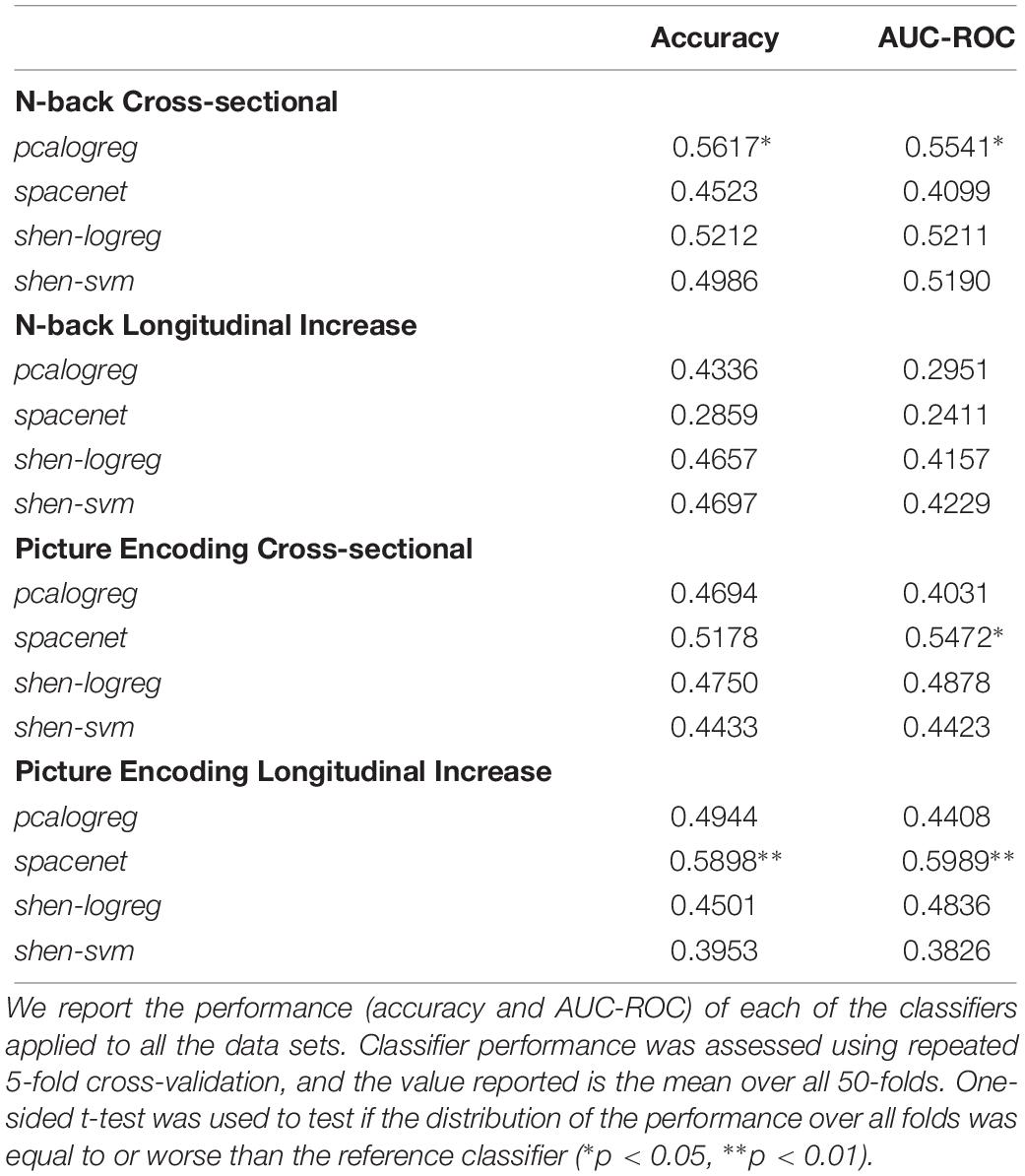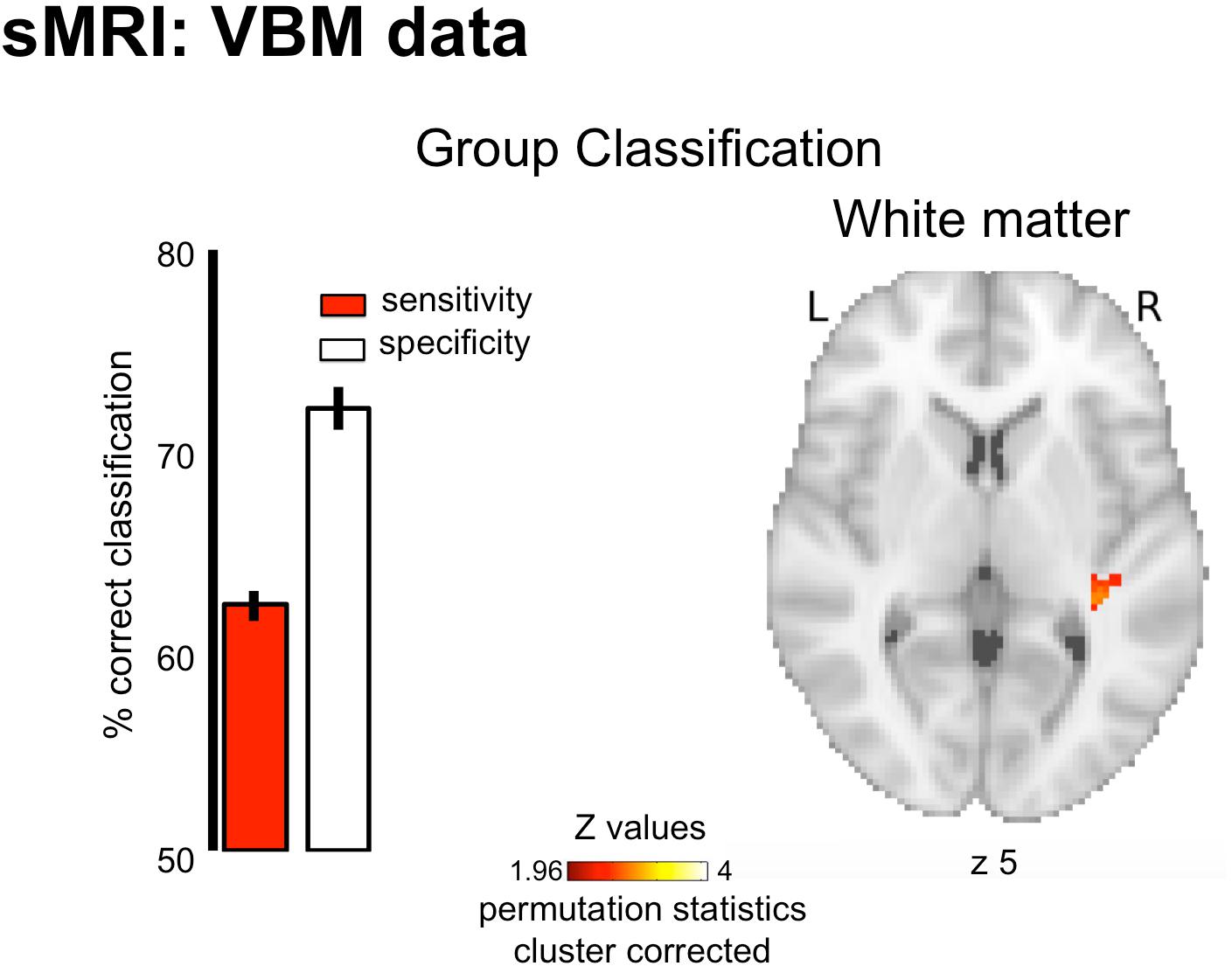

This implies it learns a decision boundary in the feature space that divides two classes using a line (called a hyperplane).Īs a result, it's best for issues where the classes can be easily separated using a line or linear model, sometimes known as linearly separable problems. The activation is defined as the weighted sum of the model's input.Ī linear classification algorithm is the Perceptron. The weighted total of the inputs and a bias is used to achieve this (set to 1). It is made up of a single node or neuron that processes a row of data and predicts a class label. It isn't "deep" learning, but it is a necessary building component. It is one of the original and most basic forms of artificial neural networks. There are six different classifiers in machine learning, that we are going to discuss below:įor binary classification problems, the Perceptron is a linear machine learning technique. Types of classifiers in Machine learning:

(Recommended blog: Binary and multiclass classification in ML)
#Spacenet classifier decision how to
Training datasets are provided to supervised and semi-supervised classifiers, which teach them how to categorize data into specified categories. Unsupervised machine learning classifiers are fed just unlabeled datasets, which they sort into categories based on pattern recognition, data structures, and anomalies. The classifier is used to train the model, and the model is then used to classify your data.īoth supervised and unsupervised classifiers are available. The ultimate product of your classifier's machine learning, on the other hand, is a classification model. A classifier is an algorithm - the principles that robots use to categorize data. Monkeylearn states the difference between a classifier and a model. Subject categorization, for example, may automatically filter through customer support complaints or NPS surveys, label them by topic, and send them to the appropriate department or individual.ĭifference between classifier and a model: Machine learning classifiers are used to assess consumer comments from social media, emails, online reviews, and other sources to determine what people are saying about your company. Classification has several uses in a variety of fields, including credit approval, medical diagnosis, and target marketing. They may save a lot of time and money while also increasing the efficiency of enterprises.Ĭlassification is a type of supervised learning in which the input data is also delivered to the objectives. Machine learning algorithms are useful for automating operations that were previously done by hand. The job of estimating a mapping function (f) from input variables (X) to discrete output variables is known as classification predictive modelling (y). One of the most prominent instances is an email classifier, which examines emails and filters them according to whether they are spam or not. In machine learning, a classifier is an algorithm that automatically sorts or categorizes data into one or more "classes." Targets, labels, and categories are all terms used to describe classes. But first, let's define what classifiers are. We will learn about the many types of classifiers used in machine learning in this post. They analyze data automatically, simplify operations, and obtain useful information. Classification algorithms are particularly common in machine learning because they map input data into predefined categories, making the process easier for the user.


 0 kommentar(er)
0 kommentar(er)
